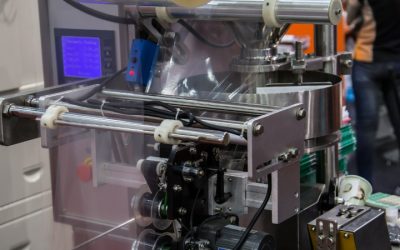When it comes to cleaning industrially and commercially, blasting is the first technique most people think of. Taking place in a portable blast system, a blasting cabinet, or even a blast room, blasting has quickly made a name for itself as an effective method to remove surface contaminants. It employs the simple concept of forcibly propelling a stream of high-speed abrasive materials against a surface under high pressure.
The abrasives range from mineral to agricultural and vary depending on the desired outcome of the blasting. The more common moderately abrasive variants are plastic and natural media. What makes them so alike, and what makes them stand out from each other?
1. Both plastic and natural media are designed for cleaning rapidly without damaging the material. They specialize in cleaning intricate components and soft materials, such as removing coatings from printed circuit boards in the midst of repairing.
2. Plastic media blasting, however, frequently provides a faster and more complete cleaning compared to natural media blasting. It is capable of stripping at four times the speed of natural media, as stated by GUYSON, and has a higher reported efficiency rate over the latter.
3. Abrasives such as walnuts have their edges rounded off and their effectiveness at cutting and cleaning is sharply reduced. In comparison, plastic media holds its sharp edges for a longer period of time. Its life cycle is often four to five times longer than that of natural media.
Both plastic media and natural media have their pros and cons, but plastic media blasting often comes out on top. It provides a quick cleaning to a greater extent of removing surface contaminants and lasts longer in cleaning cycles. Next time you’re cleaning something delicate on a large scale, consider plastic media blasting, and perhaps it will mark off all your checkboxes!

